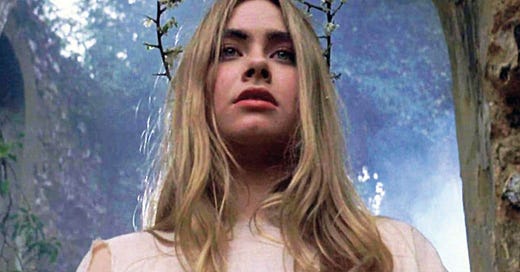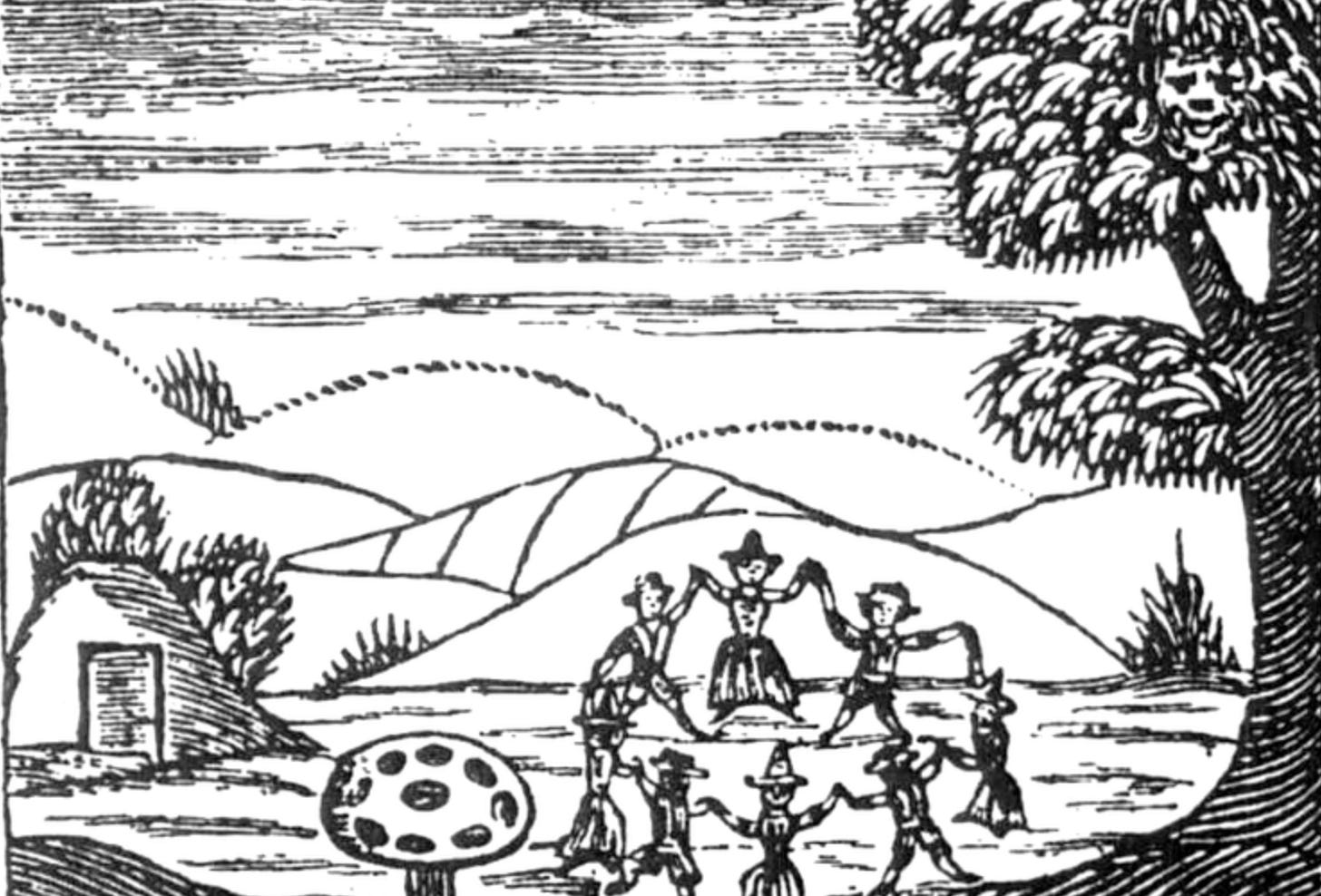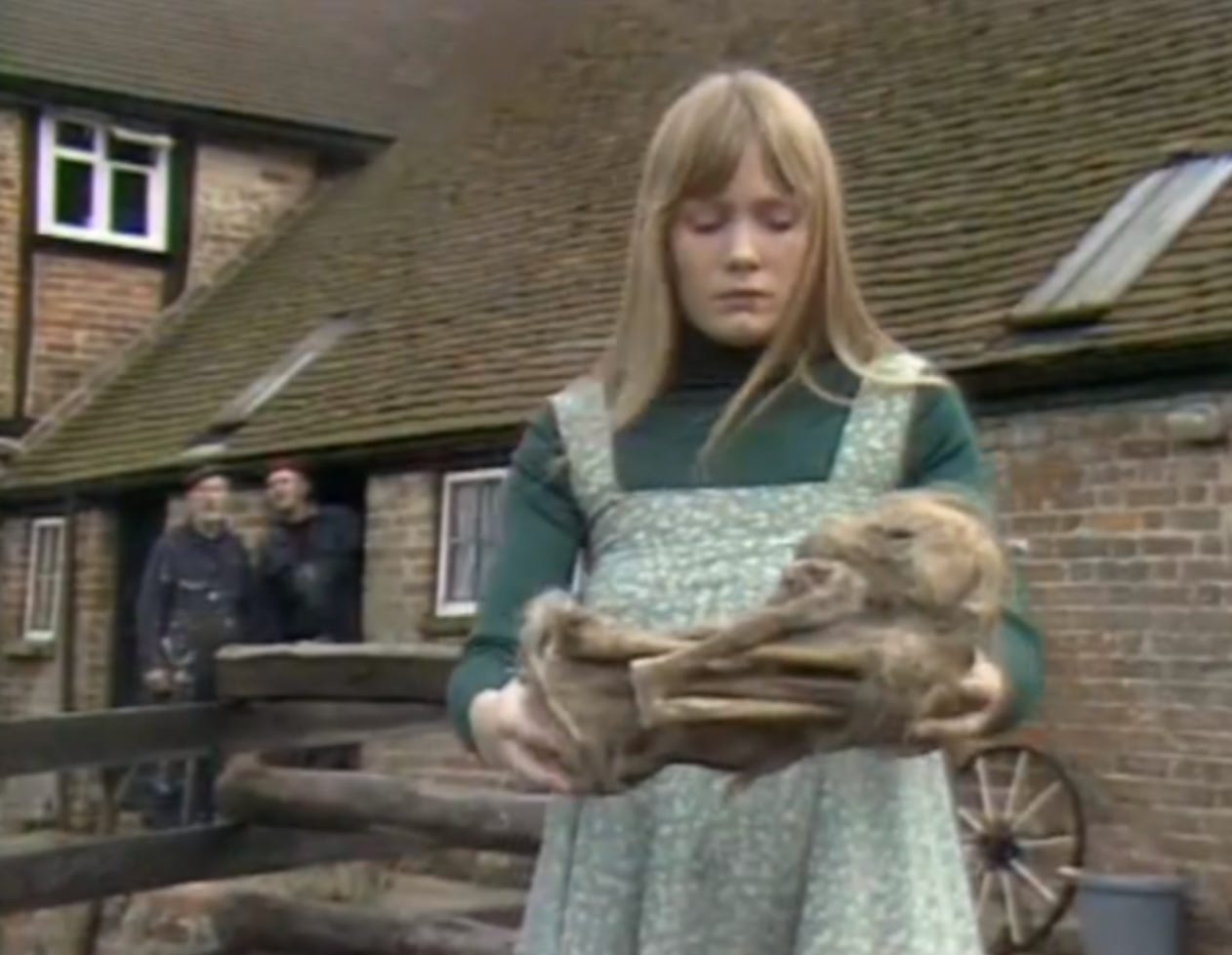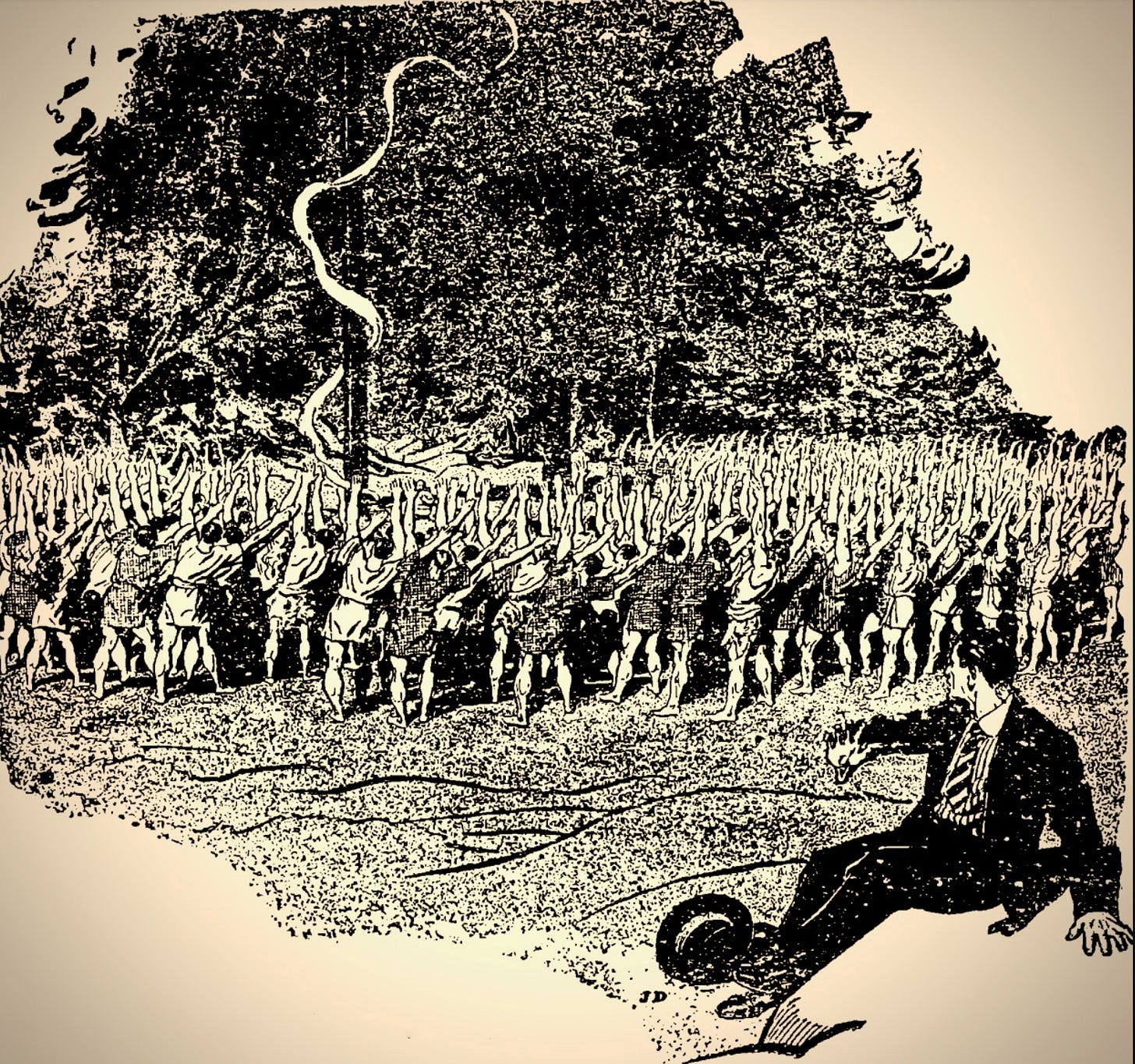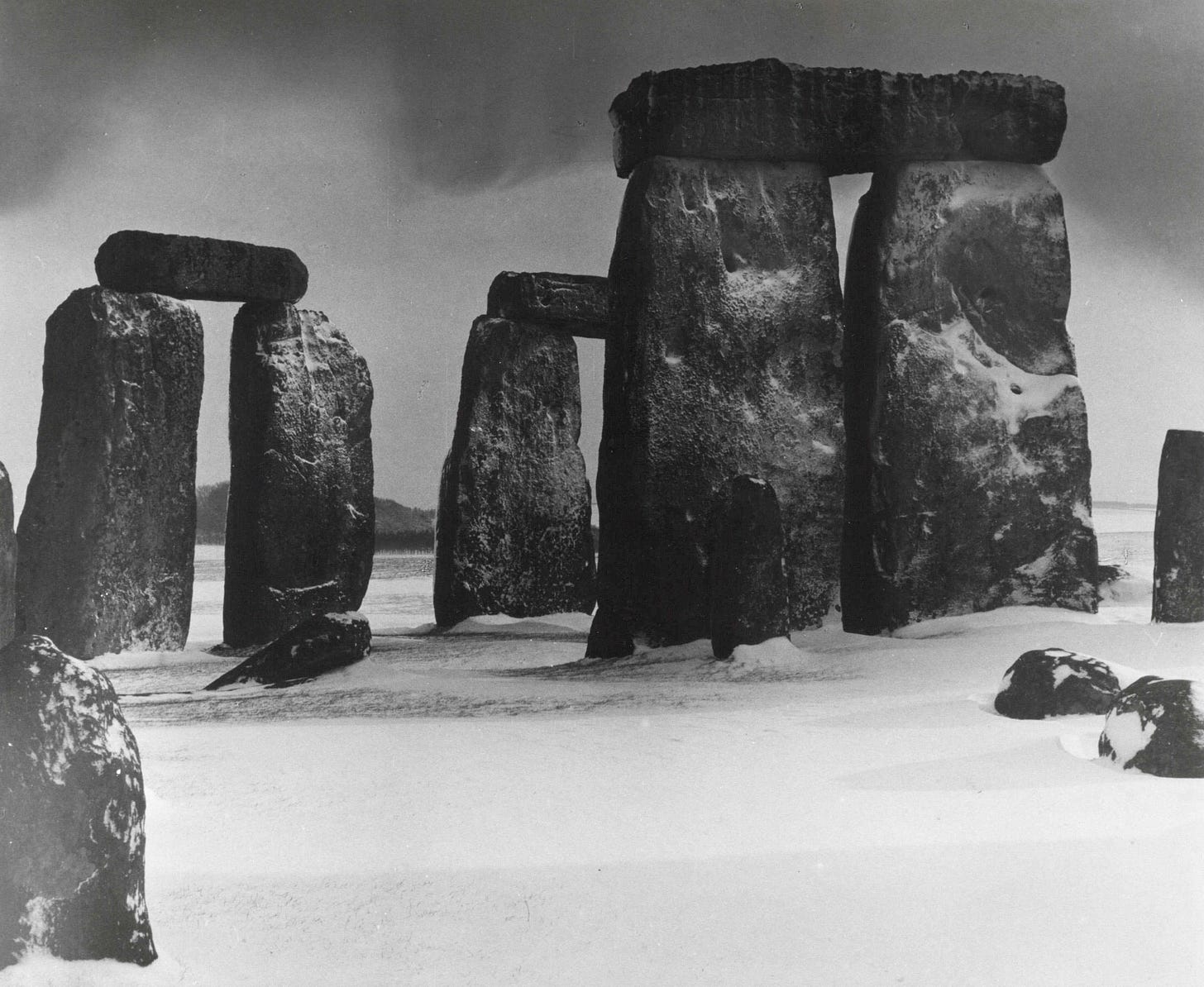We found the body in 1978.
I was over at Andy’s house. Andy’s family lived out in a rural Cheshire backwater. The family owned an old, isolated farmhouse, with some parts of their home dating back to the seventeenth century. It was set in its own acreage and surrounded by woods and fields. As you can imagine, it was a good place for twelve-year-olds to hang out and have fun, and I loved visiting there. The bottom end of the property was bordered by the Trent and Mersey Canal which had been completed two hundred years before (we sank milk bottles with BB guns in there); there were woods nearby (and we shot at anything that moved there); and there were fields and spaces all about where we could do pretty much anything we wanted (helicopter parenting was not a thing in the 1970s).
Anyhow, at some point, we decided we were going to dig a bloody great big hole. I recall that we planned on building a World War Two style bunker, fitted with a roof of rusty corrugated iron that we had found. Kids, especially us boys, were steeped in ‘The War’ back then. We found a likely spot away from the house where the weeds grew freely and provided plenty of cover from any prying eyes, and we began to dig. And we kept at it too. I think it eventually made a pretty good trench, not exactly WW2 but certainly a little WW1. However, all work stopped when we found what looked like a thigh bone. I seem to remember Andy suggesting that it was just a cow’s thigh bone, but I had my doubts. It was only when we resumed digging and found the human skull that we knew we had something special. That might sound a little macabre, but we were, after all, twelve-year-old boys. Of course, we knew we would have to tell his parents... eventually. Unearthing human remains from an unmarked grave was a big deal, and even we understood that. But we still thought that it was ‘cool’ or, as we would have said back then, it was ‘ace’.
Unsurprisingly, his parents were not as elated as we were, and I even briefly wondered whether we had inadvertently stumbled across some dark secret of Andy’s dad. Eventually, the police were called, the bones were carefully collected and that was that. As it turned out they were in fact very old bones (so Andy’s dad was off the hook). And there was an interesting epilogue to the episode. According to Andy (a reliable witness, after all, he was my friend) they did have some poltergeist activity in their farmhouse for a few weeks after our find. But the real kicker for us boys was the fact that when we had pulled out that fragile skull, still caked in clay, the lower jaw hanging off, it had been at the wrong end of the body. The cracked cranium had been laid down between the remains of the thigh bones. Long ago someone had buried that corpse and had taken the trouble to remove and stick the head between its legs.
Folk Horror indeed.
When I was a child, superstitions and the somewhat tattered relics of an old, old folklore were very real to us, even in the 1970s. Britain, I am reliably informed, is the most haunted landmass per capita in the world. There is, it seems, something in the very soil of old Albion that is just the right sort of fertiliser for the paranormal. But the creatures of folk legend sometimes travel with us... wherever we might go. And their cousins are certainly already in other lands just awaiting our arrival.
Even in these late modern times, I can remember countless examples of local customs and superstitions that refused to lie down and be buried beneath concrete, brick, and tar. And although the folklore of our rural regions still pulses the strongest, it does not mean that our cities and towns are shorn of that ancient ‘peculium’.
For example, my grandmother, my ‘Nana’, insisted that ‘the little folk’ lived at the tangled end of her suburban garden and swore that her mother had said so too. You would not see them unless you were very lucky or very unlucky, but it was wise nevertheless, to leave them a favour when you passed by their dwelling place. A button, some fruit, a shiny pebble, or a piece of chocolate, all would suffice. And she meant it too, it was no foolish game.
This brings my rambling reminiscence to an end but neatly segues into the topic of this brief piece, namely Folk Horror. I’ve wanted to write something about the genre of Folk Horror for some time. But it is a topic that has daunted me. For a start, it’s a big genre and I am truly no expert in it. Still, I know what I like even if I don’t know it all. So, I decided to list and comment on a couple of my special ones, the ‘creeps’ that I return to again and again in film, TV, and in print.
And the year is waning.
Halloween is past, and the Winter Solstice draws closer, so it is time to throw another log on the fire, to pull your blanket about you more tightly, to turn your back on the tapping at the window, and shiver, pleasurably, at the thought of what might be lurking in the darkness beyond.
Wiki, tells us that “Folk horror is a subgenre of horror film and horror fiction that uses elements of folklore to invoke fear and foreboding.”
The British Film Institute is a little more eloquent: “It is the evil under the soil, the terror in the backwoods of a forgotten lane, and the ghosts that haunt stones and patches of dark, lonely water...”
It seems that the term is relatively recent, though the thing it describes is as old as the stories that our shared ancestors told each other around the fire pit at night. It is land, it is traditions and certainly it is the stirring tread of old things.
For brevity, I have selected one example for each category of film, TV, and literature. It’s a personal selection and, in the main, I’ve tried to choose those that might be a little less familiar from the canon.
Here are my choices in three categories:
Film
There are three cinematic productions that are critically claimed to embody the cinematic Folk Horror genre, namely, Witchfinder General (1968), The Blood on Satan’s Claw (1971), and the inimitable The Wicker Man (1973). This so-called ‘Unholy Trinity’ are so famous that they probably need no summary for such an erudite readership (but if by some strange quirk of fate, you have somehow missed one of them then do treat yourself). But there are many others that may be less familiar. The American TV film Crowhaven Farm (1970) is one such, and modern directors such as Robert Eggers have placed their own haunted fare upon the wormy, oaken planks of the ancient and pockmarked rural table. Of course, much of the fare is a kind of ‘Folksploitation’ of our pagan traditions (the witless protagonists are often the victims of a survival of pagan cults) and this can be an irksome element (for example 2019’s Midsommar).
My film choice is an example that bears up well in the genre, and it is certainly strange enough. A Field in England (2013) is set during the English Civil War (a time when the Witchfinder General himself, Matthew Hopkins, was going about his work). There is an alchemist’s assistant, an Irish wizard, and the search for a treasure buried in a field. I have not in fact seen this film for a number of years, but I chose it because its effect has stayed with me, especially an hallucinogenic-driven scene following the consumption of mushrooms by the ill-assorted adventurers. It is something of an ‘arthouse’ piece, filmed in black and white. But don’t let that put you off, I remember the whole being very odd and very atmospheric.
Television
I’ve written about the ‘golden’ era (1960s-1980s) of British TV horror here on The Obelisk in ‘Creeping Horror on the Box’, and to be honest, here in Britain we were once simply spoilt for choice. There was a time when Brit telly just did it really, really well. Robin Redbreast (1970), Penda’s Fen (1974), The Photograph (1977), the annual M. R. James treat A Ghost Story for Christmas (1971-1978) (if you want to sample these start with their precursor, Whistle and I’ll Come to you (1968) – it is simply superb), and a personal favourite, Nigel Kneale’s Baby (1976) which was aired as part of the series Beasts; any one of these might have become my choice. Children of the Stones (1976) certainly almost made the call. That series was made for children at a time when intelligent and atmospheric television dramas could still be made for a juvenile audience. But my final selection is, nevertheless, excellent, it is the Westcountry Tales episode The Beast (1982). It begins with an M. R. James-like narrative as a man returns from the city to his country roots. And he remembers a time when he was 15 and had... an uncanny encounter. Now that he is back as an adult he discovers that the thing he had once feared has also returned. The pace is steady and the tension mounts towards the climax beautifully. A classic.
Literature
Perhaps the most difficult of all the categories for me to select a single representation is literature. After all, the medium of print is much, much older than that visual storytelling vehicle described by the lens of the camera. For example, the heroic Anglo-Saxon epic of Beowulf might itself be described as Folk Horror, and I am sure that you have your own choices, dear reader, but there are no prizes to be had here, there is no league table. I might have turned to James, or even to The Old Gentleman himself (Lovecraft’s superlative The Dunwich Horror is a sublime amalgam of Folk and Cosmic Horror). My choice is not set in England, though it has ancient roots, and it too is an incestuous hybrid of Folk Horror and its creeping cousin Cosmic Horror. It is Robert E. Howard’s The Black Stone. Howard is a master storyteller and The Black Stone has it all – a forbidden tome, a naïve explorer, old traditions, and a bloody history, all centred on an ancient standing stone in the wilds of Hungary.
Howard’s tale is prefaced by a quote from the ‘mad’ poet Justin Geoffrey (a fictional character mentioned by Lovecraft in The Thing on the Doorstep who, “died screaming in a madhouse in 1926 after a visit to a sinister, ill-regarded village in Hungary.”)
They say foul things of Old Times still lurk
In dark forgotten corners of the world.
And Gates still gape to loose, on certain nights.
Shapes pent in Hell.
Folk Horror suggests that nearby, not so very far away, in that small wood behind your garden, or down by the old stone circle, or perhaps along the banks of an ill-favoured, fir-crowded lake - something ancient is still lurking, something hoary, and very alien, and yet, oddly, disturbingly familiar.
It is under your feet, in your attic, at your door.
And it is waiting for you to draw just a little closer...

